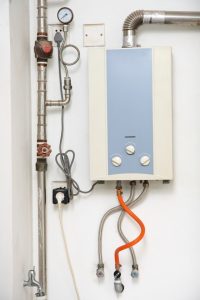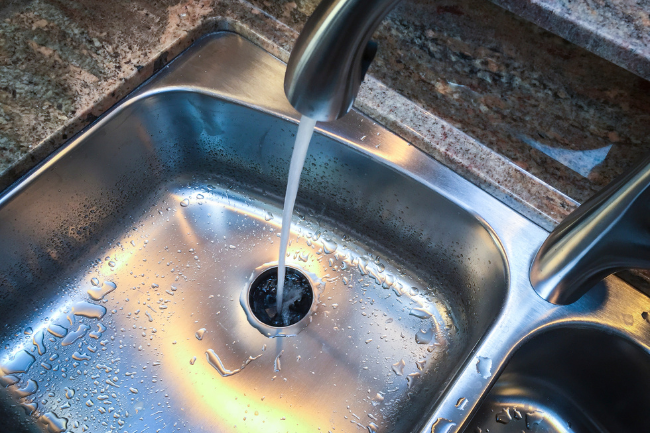Exploring Common Drain Clogging Issues and Solutions for Ottawa Homes
A clogged drain is a common issue that most Ottawa homeowners will encounter at some point. While seemingly minor, a blocked drain can lead to several problems – ranging from slow drainage and unpleasant odors to water damage and costly repairs. Understanding the causes of drain clogging, as well as the various methods to resolve and prevent these issues, is essential for maintaining a comfortable and functional home environment. In this article, we will explore the most frequent drain clogging problems faced by Ottawa residents, their root causes, and how our experienced team at The Irish Plumber can help you effectively resolve and prevent drain blockages in your home.
Clogged drains can wreak havoc on your Ottawa home’s plumbing system, resulting in an array of unpleasant and costly consequences. With this comprehensive guide, you’ll gain insights into the factors that contribute to drain clogging, as well as practical solutions to tackle these issues head-on. Keep reading to discover how our reliable team at The Irish Plumber can help you with your drain clog issues, employing expertise and state-of-the-art technology to ensure the smooth and efficient operation of your home’s plumbing system.
Understanding the Causes of Drain Clogs
Before diving into the solutions for drain clogs, it’s essential to understand the root causes behind these issues. Some of the most common causes of drain clogs include:
- Accumulation of Hair: Hair strands can accumulate in bathroom drains, eventually clumping together and obstructing the flow of water.
- Build-up of Grease and Fat: Kitchen drains are susceptible to blockages caused by the build-up of grease, oil, and fat from washing dishes and cookware.
- Foreign Objects: Items such as toys, sanitary products, and other non-disposable materials can accidentally enter your drains, causing clogs and even damage to plumbing systems.
- Excess Food Waste: Food particles that aren’t adequately disposed of can accumulate in drains, leading to blockages over time.
- Mineral Deposits: In areas with hard water, mineral deposits can accumulate and gradually obstruct the flow of water through your pipes.
Effective Solutions for Common Drain Clogs
Now that we’ve identified some of the most common causes of drain clogs, let’s explore the solutions to effectively tackle these issues:
- Regular Drain Cleaning: One of the most effective ways to prevent drain clogs is to engage in regular drain cleaning. This proactive measure can help to minimize the accumulation of hair, grease, and other debris in your pipes. Engaging a professional team to perform routine drain cleaning can also help you identify and resolve any issues early on.
- Use of Drain Screens: Installing drain screens is a simple yet effective solution for preventing hair and other debris from entering your drain. These screens can be fitted over your shower and bathtub drains and are easy to clean and maintain.
- Proper Disposal of Grease and Food Waste: Ensuring that grease and food waste are correctly disposed of, rather than being washed down the kitchen drain, can significantly reduce the risk of blockages. Dispose of grease, fats, and oils in a designated container and place food scraps in the trash or compost.
- Educate Your Household: Instruct household members on the appropriate disposal of waste, emphasizing the importance of keeping non-flushable items out of the drains. A well-informed family can reduce the likelihood of drainage issues drastically.
How Our Expert Team Can Assist You
At The Irish Plumber, we are committed to helping Ottawa homeowners effectively address and prevent drain clogging problems. Here’s how our team can assist you:
- Comprehensive Drain Inspections: Our skilled professionals can perform thorough inspections of your drainage system, utilizing advanced drain camera technology to identify any underlying issues and potential blockages.
- Expert Drain Cleaning Services: In addition to inspections, our team offers professional drain cleaning services to maintain the health of your piping system. We use state-of-the-art equipment and techniques to ensure a safe, thorough, and effective cleaning process.
- Guidance and Prevention Tips: We believe that education is key to preventing drain blockages. Our team can provide expert advice on how to maintain your drains, including best practices for cleaning and waste disposal to keep your plumbing system in optimal condition.
- Emergency Assistance: Despite our best efforts, drain blockages can sometimes occur unexpectedly. If you find yourself facing a severe clog or other plumbing emergency, our team is available 24/7 to assist you.
Conclusion
A clogged drain is a common issue faced by Ottawa homeowners, with various causes ranging from the accumulation of hair and grease to the presence of foreign objects. By understanding these causes and learning effective solutions to tackle them, you can maintain a comfortable and functional home environment free from unpleasant drain blockages.
Our drain cleaning in Ottawa at The Irish Plumber is here to assist you in addressing and preventing common drain clogging issues. We employ expertise and state-of-the-art technology to help keep your home’s plumbing system running smoothly.











